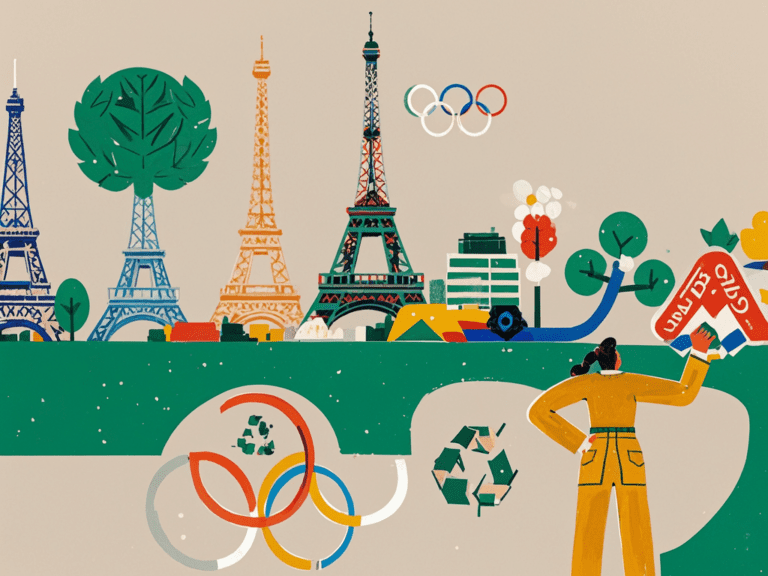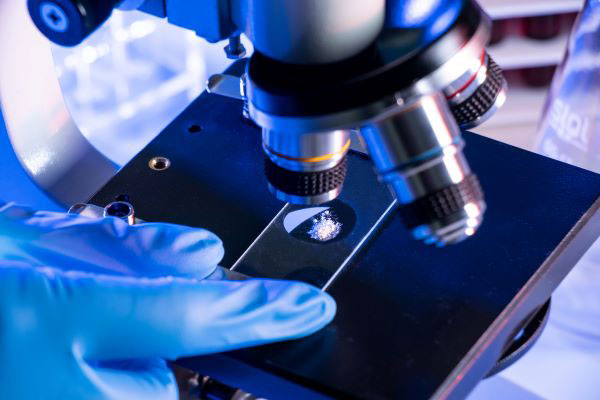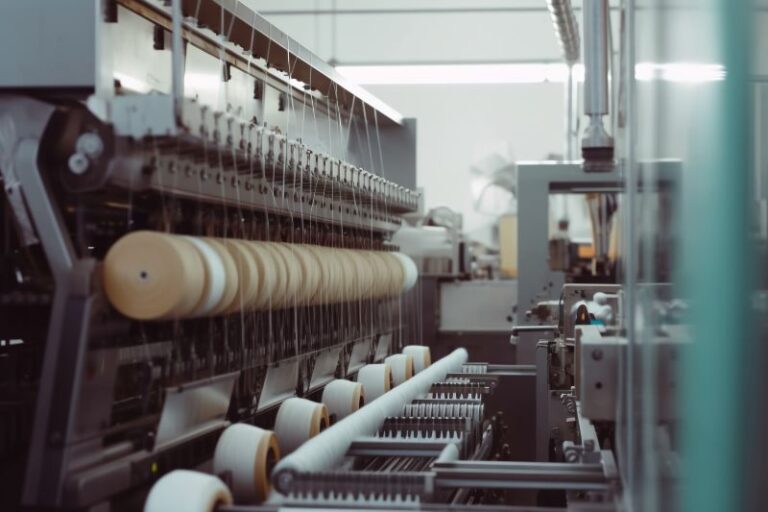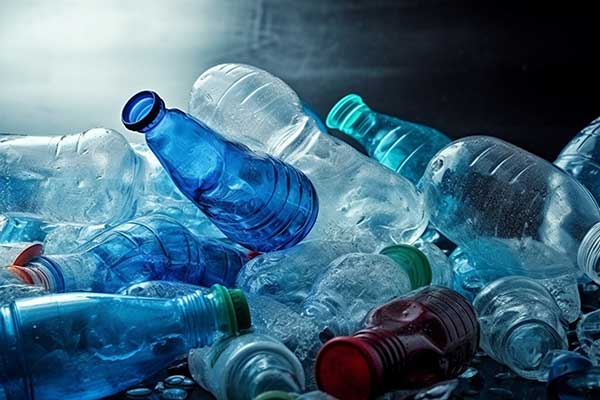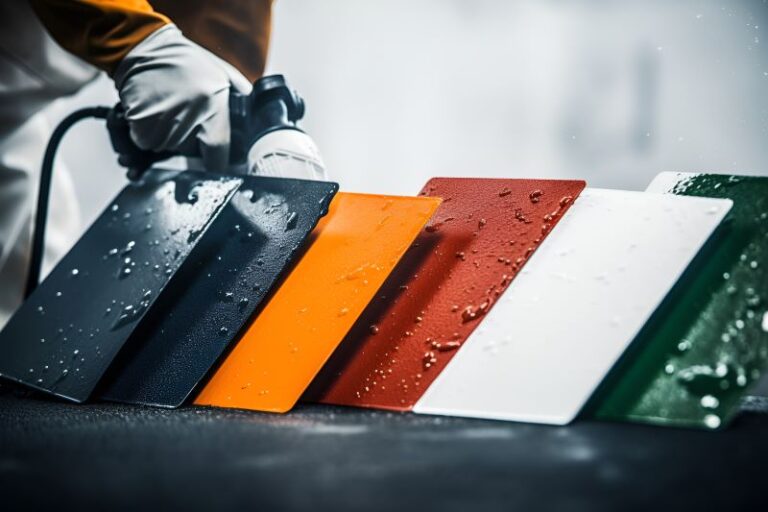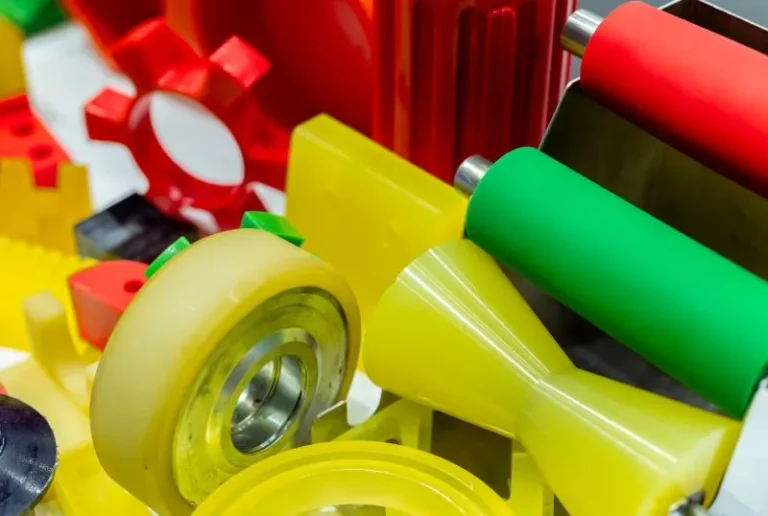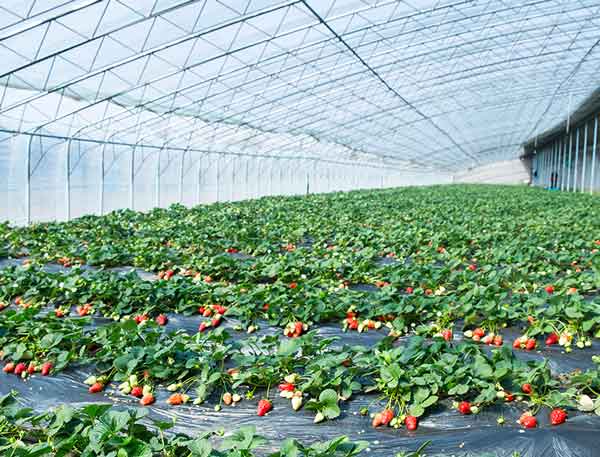
Maximizing PBAT Film Efficiency: The Benefits of Hydrolysis Inhibitors in Biodegradable Applications
Introduction Recently, biodegradable films have garnered considerable interest as an eco-friendly alternative to plastic bags and films. These materials decompose naturally over time to

